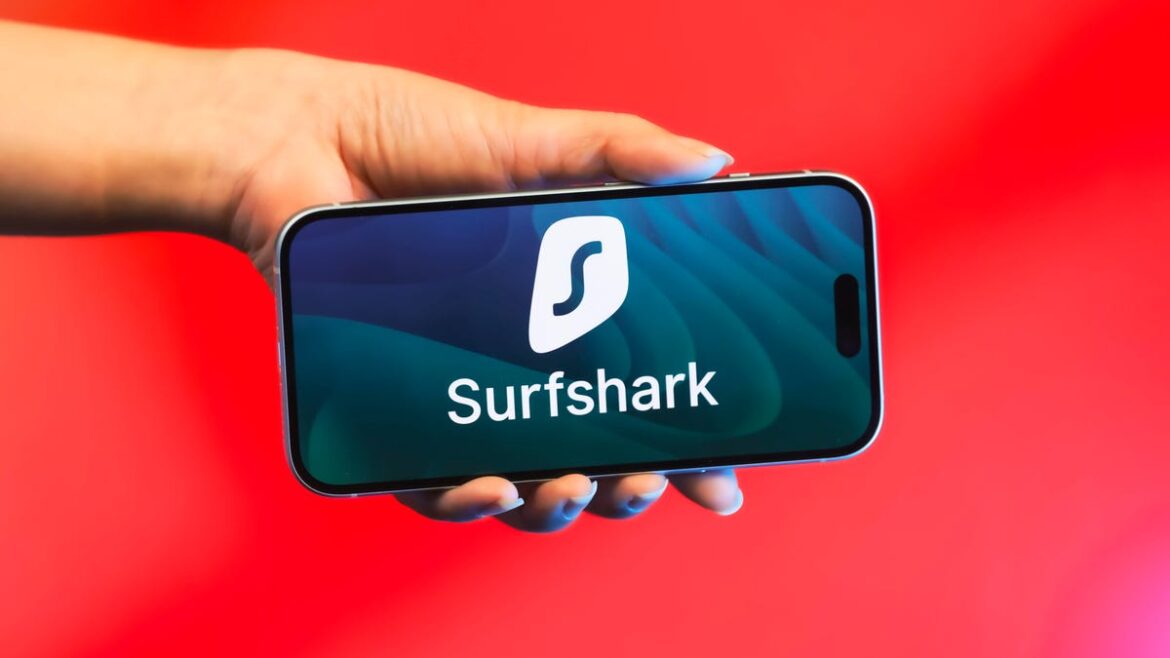YouTube has joined the ignominious list of tech companies rushing to settle lawsuits brought by US president Donald Trump. The Alphabet-owned platform has agreed to pay $24.5 million to settle a lawsuit filed after it suspended Trump’s YouTube account following the riot at the US Capitol on January 6, 2021.
Trump has accused various tech companies including YouTube of political bias and censoring conservative voices, and both Twitter/X and Meta have already settled lawsuits relating to the suspension of his accounts. In January 2025 Meta agreed to a $25 million settlement, with $22 million of that going to Trump’s presidential library, and in February X settled for a reported $10 million.
At the time of the Capitol riots, these firms had said that Trump’s posts risked inflaming tensions and inciting further violence. All of Trump’s accounts on these platforms have been reinstated.
Related articles
Needless to say, Trump took to social media to celebrate the win, posting an AI-generated image on X of what appears to be a distressed-looking Neal Mohan, CEO of YouTube, handing over a giant cheque for $24.5 million to the president, who is grinning and giving a thumbs up. The cheque reads: “Settlement for Wrongful Suspension.”
On Trump’s Truth Social platform the same picture comes with a wall of triumphant text, featuring the president’s typical fondness for caps lock:
“YouTube SURRENDERS! Pays President Trump $24.5 MILLION for illegal ban! This MASSIVE victory proves Big Tech censorship has consequences. Every shadowbanned patriot deserves justice! Trump fought for free speech and WON! Repost if ALL banned conservatives should be paid!”
All very normal. YouTube has been feeling the heat from the Trump administration more generally, and has not exactly covered itself in glory. It and other social media firms have agreed to take steps to loosen content moderation on their platforms, and last week YouTube said it intended to restore accounts that had been banned for posting misinformation about the 2020 presidential election and Covid, among other topics.
“YouTube values conservative voices on its platform and recognizes that these creators have extensive reach and play an important role in civic discourse,” says a YouTube statement sent to a Republican-controlled congressional committee.
Under the settlement YouTube does not admit any wrongdoing, nor agree to make any policy changes. The $24.5 million will see $22 million going to the Trust for the National Mall, a group aiming to raise $200 million for the construction of a new White House ballroom. The remaining $2.5 million will be paid to other plaintiffs in the case, including the American Conservative Union.










